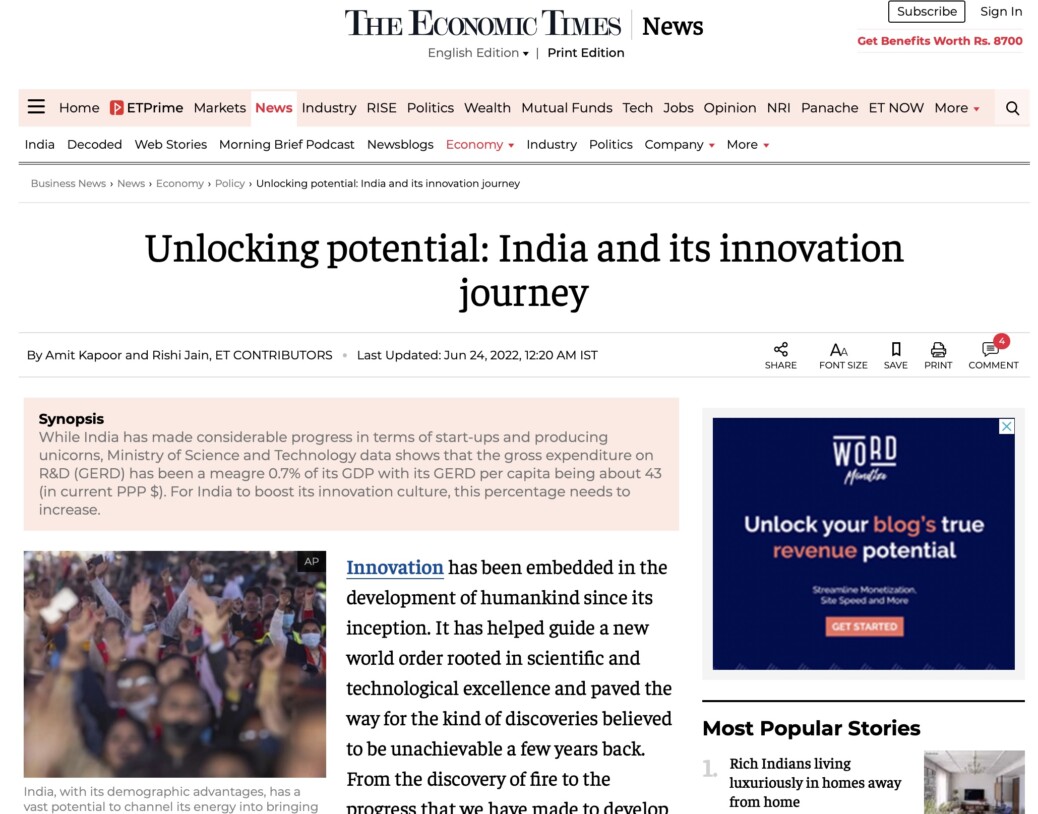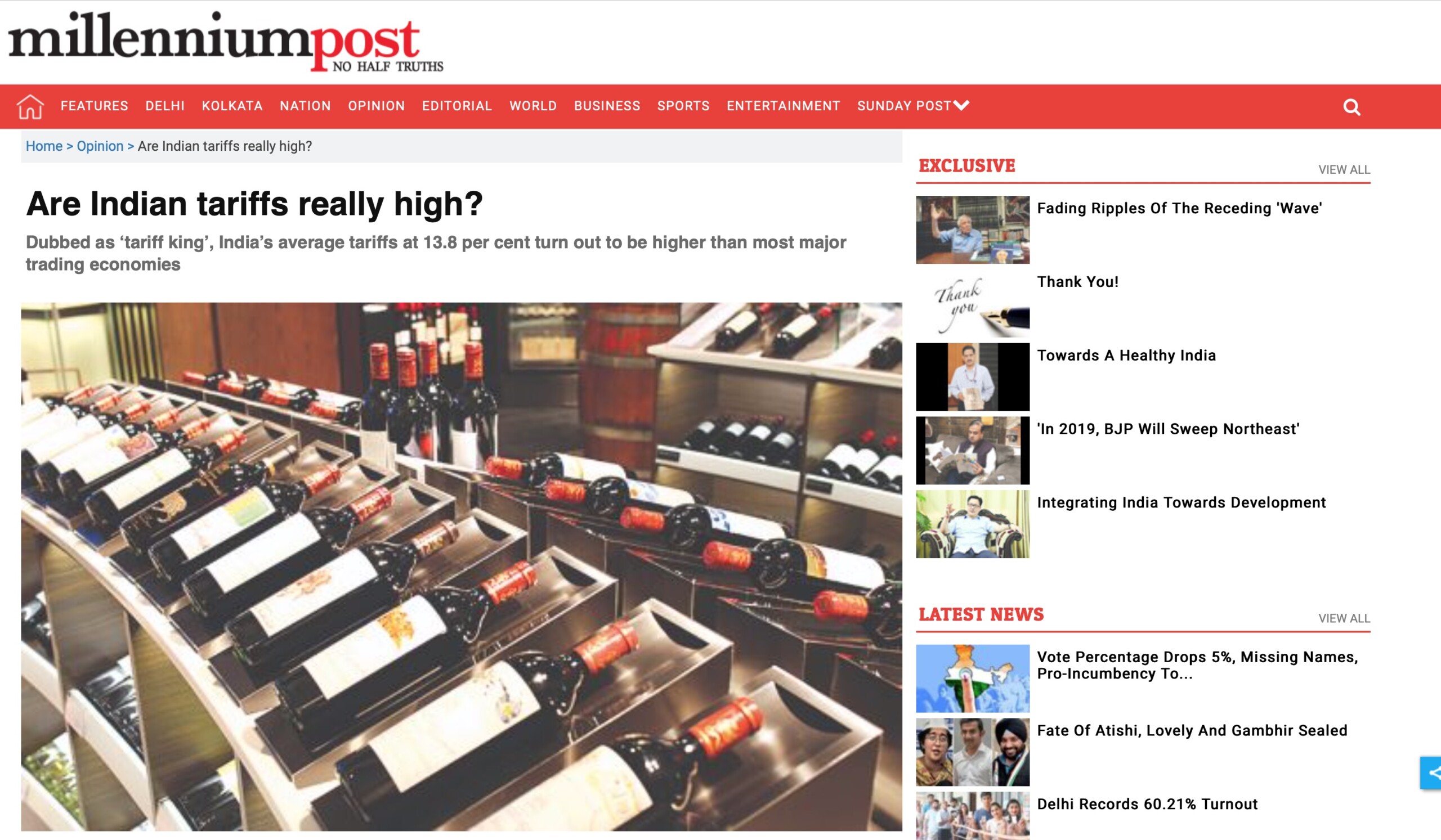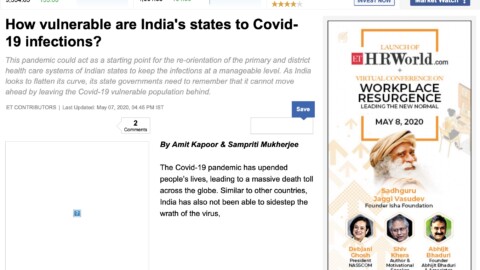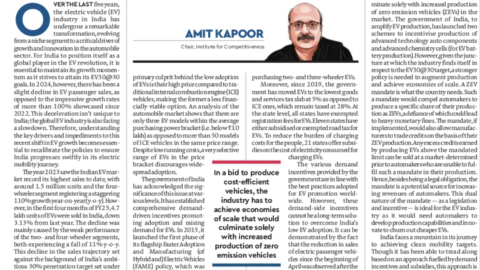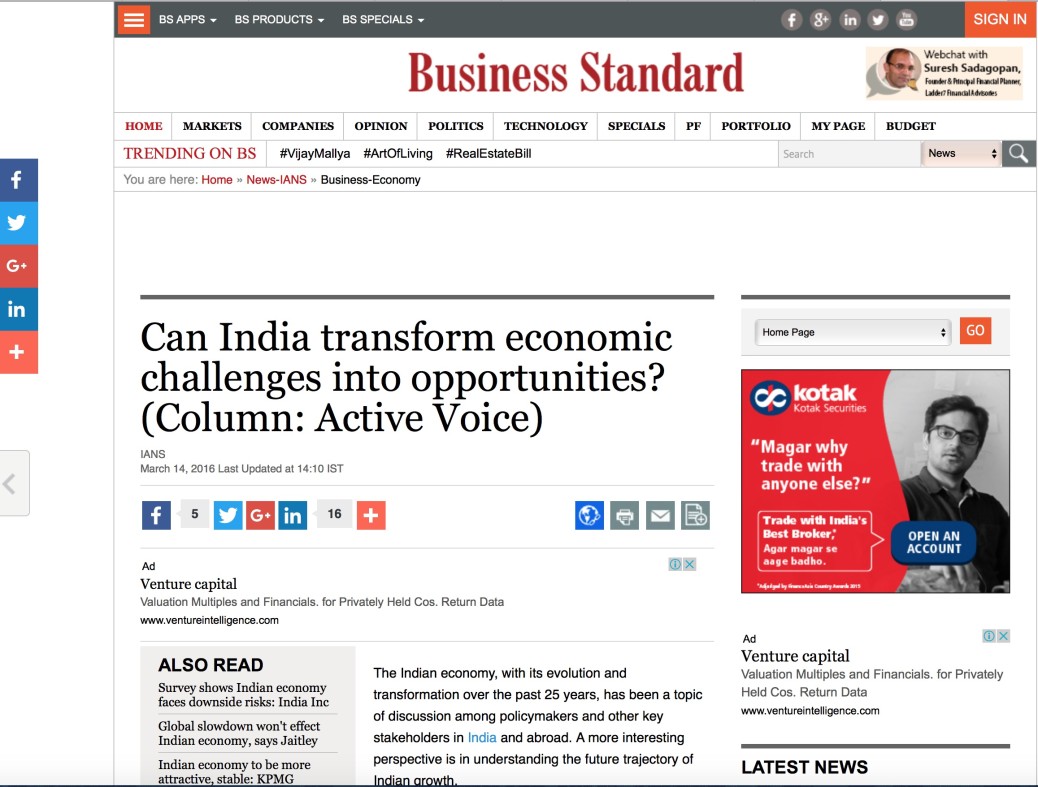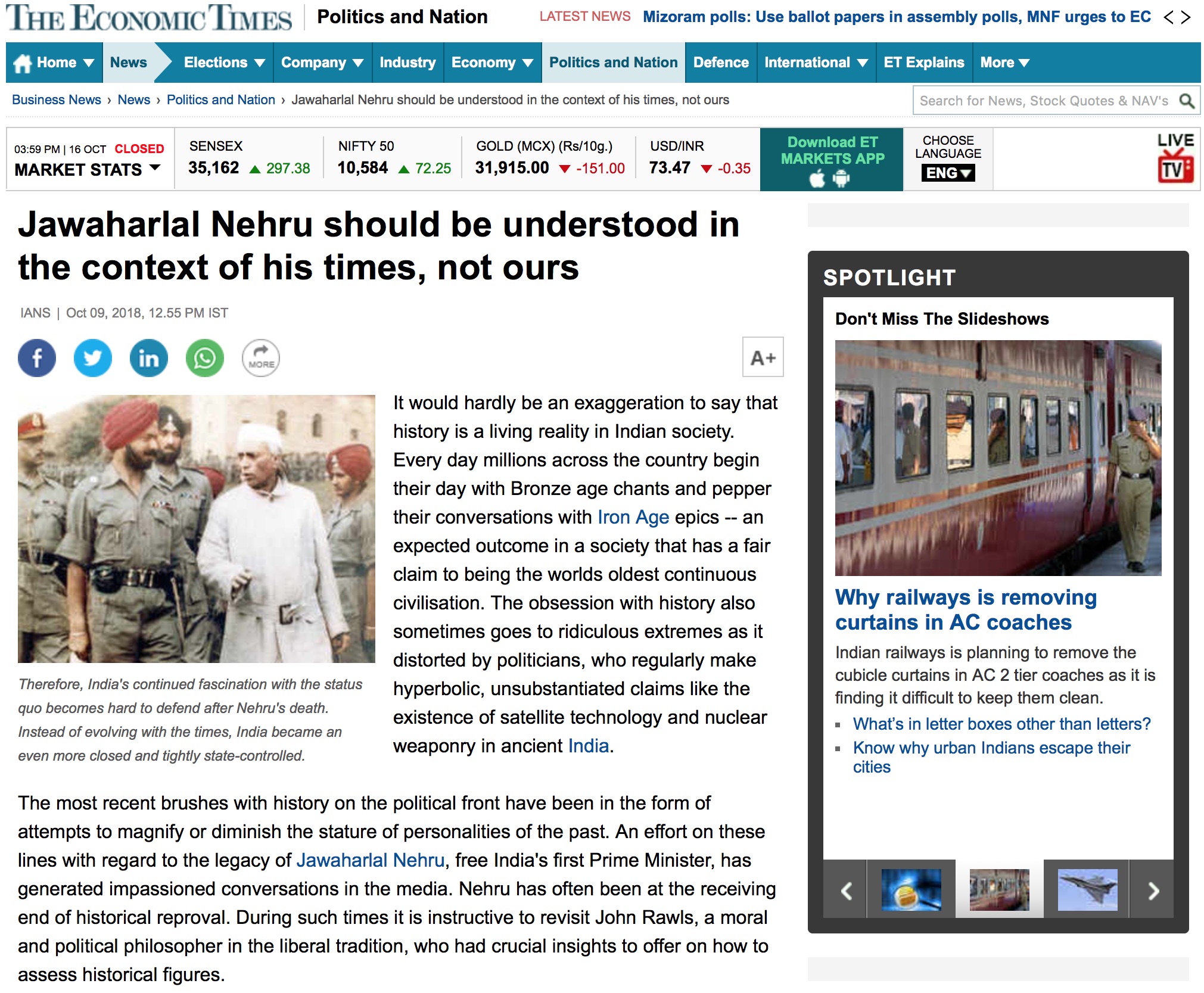Innovation has been embedded in the development of humankind since its inception. It has helped guide a new world order rooted in scientific and technological excellence and paved the way for the kind of discoveries believed to be unachievable a few years back. From the discovery of fire to the progress that we have made to develop vaccines in record times, innovation has helped to overcome the challenges faced by humanity. Even during the Covid-19 pandemic, the world started to explore newer options in terms of procuring goods and services – from groceries to education and insurance.
In this backdrop, India has seen considerable progress in recent times where technology or innovation hubs like Bangalore, Mumbai, Delhi, and Chandigarh, among others have helped enhance this new trade by showing commendable efforts in sectors like pharma, automobile, and education, to name a few. This progress has resulted from public-private partnerships, academic collaborations, and foreign capital, to mention a few, enabling India to register higher growth and emerge on top in sectors like pharmaceuticals and telecommunications.
According to the Ministry of Commerce and Industry – being at the 3rd spot in terms of volume and 14th in terms of value – the Indian pharmaceuticals market is projected to reach USD 120-130 billion by 2030, from USD 42 billion in 2021. Moreover, India also took over the UK to climb to 3rd spot in terms of total unicorns in a country after US and China, taking its total unicorn numbers past 100. Not just pharma, India has lately witnessed the rise of its Edtech sector, which is expected to grow to USD 4 billion from the current USD 750 million, according to the India Brand Equity Foundation (IBEF). All this has been possible with the relentless efforts at the government, business, or individual level to find simple and innovative solutions to cater for the rising needs and demands of the people. But has India done enough to be called the ‘innovation hub’ of the world? We try to find this by looking at some numbers.
While India has made considerable progress in terms of start-ups and producing unicorns, Ministry of Science and Technology data shows that the gross expenditure on R&D (GERD) has been a meagre 0.7% of its GDP with its GERD per capita being about 43 (in current PPP $). This is lower than its counterparts like Brazil, Russia, South Africa, and China, who spend about 1.16, 0.98, 0.83 and 2.14 per cent of their GDP on R&D respectively, with others like US and Germany spending around 3 per cent respectively.
For India to boost its innovation culture, this percentage needs to increase. Moreover, the sectoral composition of the GERD shows a bias towards the government sector, i.e., the bulk of the expenditure on R&D (more than half) is undertaken by the government sector, with other sectors lagging. This is in contrast to its counterparts like the US, UK, South Korea, and Japan, where business enterprises do the bulk of the R&D expenditure. This is complemented by the fact that about 35% of this expenditure gets soaked up by just two sectors – health and defence – where other sectors like transport, education, environment, etc., lagged. Spending on health and defence is crucial, but for holistic development, the focus must also be on other sectors. Lastly, it can be observed that cities largely drive innovation, with Bangalore, Delhi, Chandigarh, Mumbai, and Chennai, among others driving innovation, with other regions taking a back seat. This creates regional disparities, with the already developed cities reaping the maximum benefits of innovation.
Thus, the road to innovation needs to be traversed to take care of the disparities highlighted above. This may pertain to increasing the current GERD as a percentage of GDP to at least 2% along with enhancing its composition, wherein other sectors are also given their due importance. As for the innovation being driven by the cities, there lies an enormous scope for its proliferation in the rest of the country. With cities creating a conducive environment to foster and promote innovation through education, availability of a skilled workforce and greater financial penetration, the need now is to ensure that these advantages are not concentrated in some cities. India, with its demographic advantages, has a vast potential to channel its energy into bringing about new developments to a wide array of goods and services. This would enable innovation to proliferate to other regions and help India to be the ‘innovation hub’ of the world.
The article was published with Economic Times on June 24, 2022.
